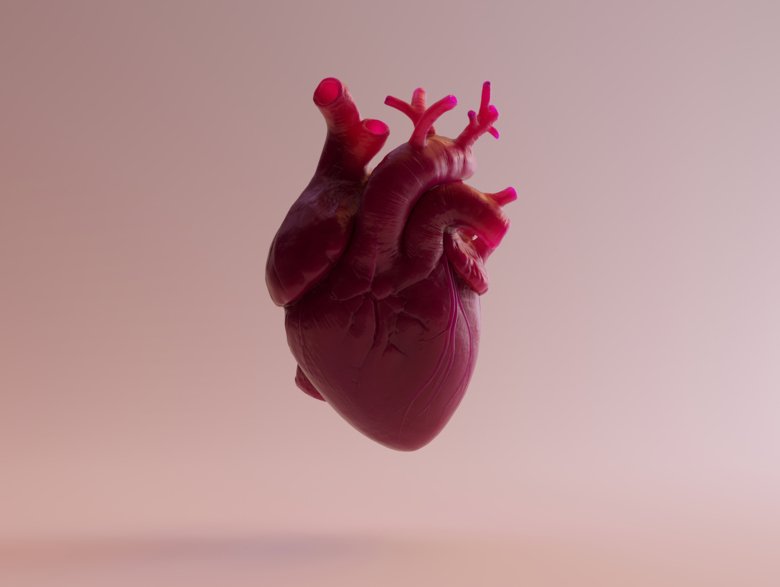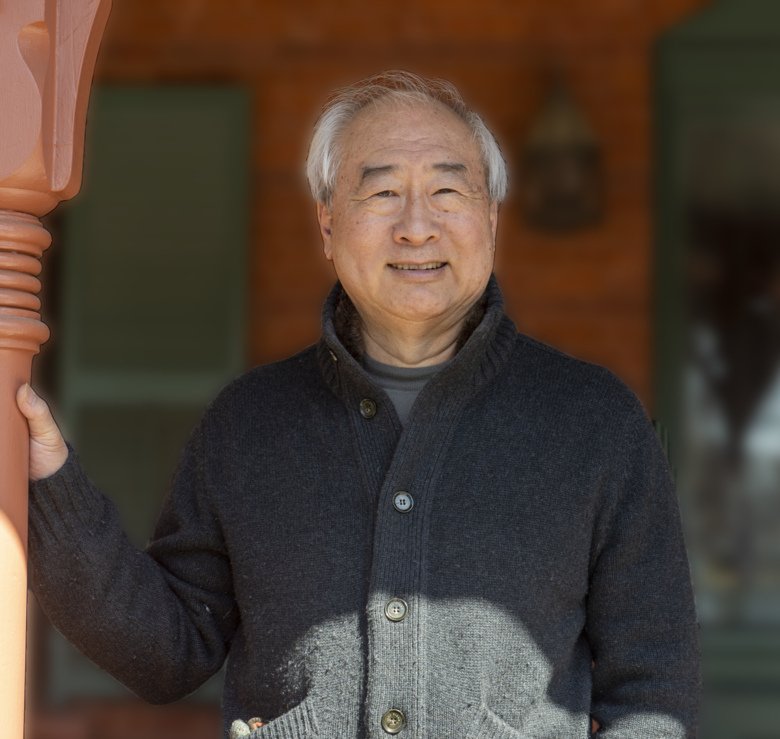New cell therapy approach to regenerate cardiac tissue following a heart attack

Researchers at Karolinska Institutet, Germany’s Technical University of Munich (TUM) and AstraZeneca, among others, have identified a unique therapeutic approach with the potential to restore heart function following a heart attack. The new findings rely on so-called human ventricular progenitor (HVP) cells to promote novel heart tissue and reduce scarring after injury. This pre-clinical study is published in the journal Nature Cell Biology.

“This is the culmination of two decades of our work to find the ideal cell to rebuild the heart, and provides new hope for the millions of patients worldwide with end-stage heart failure waiting for a heart transplant,” says co-author Kenneth Chien, Professor at the Department of Cell and Molecular Biology, Karolinska Institutet.
The study was also conducted in collaboration with TUM’s university hospital Klinikum rechts der Isar and Swedish biotech Procella Therapeutics.
During a heart attack, up to 1 billion heart muscle cells (cardiomyocytes) may die as a result of reduced blood supply. These damaged cells are replaced by fibrotic scar tissue, which causes further deterioration of heart function and can lead to heart failure, a common and often fatal condition that affects over 60 million people worldwide.
Unlike during fetal development and shortly after birth, the regenerative capacity of the human heart in adulthood is markedly low. As a result, many researchers are investigating the possibility of using cardiac cell therapy to improve the heart’s regenerative capacity. Previous studies have partly focused on mature cardiomyocytes, but side effects such as life threatening arrhythmia have so far blocked their clinical utility.
HVP cell therapy
In this study, the researchers examined another type of cell called human ventricular (muscle) progenitor cells, which are precursor to heart muscle cells and play a crucial role in the formation of the heart during fetal development. After cultivating and purifying billions of these heart precursor cells from human embryonic stem cells, the researchers first studied the complex molecular processes of heart repair in heart tissue slices and then assessed the therapeutic potential of HVPs in pigs.

“In laboratory investigations, we were able to show how HVPs can, in a sense, track down damaged regions in the heart, migrate to injury sites and mature into working heart cells, while preventing the formation of scar tissue,” says co-author Karl-Ludwig Laugwitz, Professor of Cardiology at TUM. “These findings highlight a significant milestone in the potential therapeutic use of HVP cells in the treatment of patients with serious heart failure, especially amongst older populations for whom heart surgery may represent an excessive strain in recovery.”
The researchers also noted a significant improvement in heart function in pigs injected with HVP cells following injury compared to an untreated control group. No tumour formation was detected during the three-month follow-up period, which is encouraging for any future clinical trials.
New cardiac tissue

“These research findings demonstrate the unique capability that HVP cells have in the formation of new cardiac tissue, reducing scar size and importantly improving global cardiac function in pigs with ischemic heart failure,” says co-author Regina Fritsche Danielson, Global Head of Research and Early Development, Cardiovascular, Renal and Metabolic Diseases at AstraZeneca. “We are encouraged by these results in HVP cell therapy and the potential of this cell therapy approach in bringing a new wave of cardiovascular treatment to reverse the damage of heart failure, in the future.”
Further investigations are now ongoing to be able to bring this approach towards the clinic including chemistry, manufacturing and controls (CMC) and toxicology studies. The aim is to start clinical studies within the next two years. As part of these efforts, the team is also investigating the possibility of creating hypoimmunogenic cell lines that are well tolerated by the immune system. Currently, immunosuppressants are necessary to prevent the rejection of transplanted HVP cells.
The project was supported by grants from the European Research Council (ERC) under the European Union’s Horizon 2020 research and development programme (grant agreement No 743225), the Swedish Research Council, the German Research Foundation, Transregio Research Unit 152 and 267 and DZHK. Some of the authors are employees of Procella Therapeutics, which is assigned the HVP intellectual property, or of AstraZeneca. Kylie Foo and Kenneth Chien are co-inventors of a patent based on the HVP technology.
This news article is based on press releases from Technical University of Munich and AstraZeneca.
Publication
”Migratory and anti-fibrotic programs define the regenerative potential of human cardiac progenitors,” Christine M. Poch, Kylie S. Foo, Maria Teresa De Angelis, Karin Jennbacken, Gianluca Santamaria, Andrea Bähr, Qing-Dong Wang, Franziska Reiter, Nadja Hornaschewitz, Dorota Zawada, Tarik Bozoglu, Ilaria My, Anna Meier, Tatjana Dorn, Simon Hege, Miia L. Lehtien, Yat Long Tsoi, Daniel Hovdal, Johan Hyllner, Sascha Schwarz, Victoria Jurisch, Marcella Sini, Mick D Fellows, Matthew Cummings, Jonathan Clarke, Ricardo Baptista, Elif Eroglu, Roland Tomasi, Andreas Dendorfer, Marco Gaspari, Giovanni Cuda, Markus Krane, Daniel Sinnecker, Petra Hoppmann , Christian Kupatt*, Regina Fritsche Danielson*, Alessandra Moretti*, Kenneth R. Chien*, and Karl-Ludwig Laugwitz*, Nature Cell Biology, online 12 maj, 2022, doi: 10.1038/s41556-022-00899-8
Related News & Views: “Defining the pathways of heart regeneration,” Louk Theodoor Timmer and Eva van Rooij, Nature Cell Biology, online May 12, 2022, doi: 10.1038/s41556-022-00914-y
